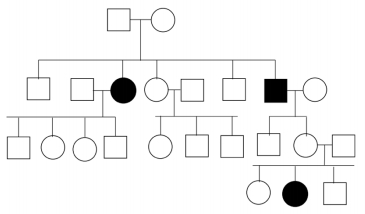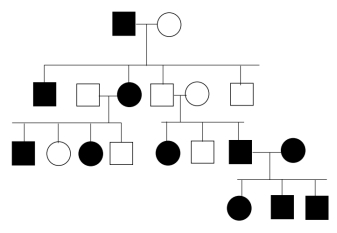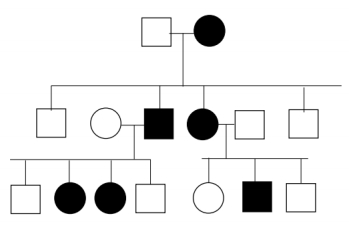A pedigree is a visual representation of family relationships and genetic traits, often used by geneticists to trace the inheritance of specific disorders within a family. When an individual, referred to as the proband, approaches a geneticist with concerns about a potential genetic disorder, the pedigree serves as a map to analyze familial connections and patterns of inheritance.
Understanding the symbols used in pedigrees is crucial. Males are typically represented by squares, while females are depicted as circles. Lines connecting these shapes indicate mating, and vertical lines lead to their offspring. In cases of twins, non-identical twins are shown as separate shapes, while identical twins are denoted with a connecting line. Affected individuals, those with the disorder in question, are marked in black, while carriers of a recessive trait are represented by half-filled shapes. A line crossing through a shape indicates that the individual is deceased, and an arrow points to the proband, the first individual in the family to seek genetic evaluation.
When analyzing a pedigree, it is essential to identify the inheritance pattern of the disorder. This includes determining whether the disorder is dominant, recessive, or sex-linked. For instance, a dominant disorder typically appears in every generation, affecting both males and females equally, while a recessive disorder may skip generations and can be carried by individuals who do not express the trait. Sex-linked disorders often show a different pattern of inheritance, primarily affecting males.
In summary, mastering the interpretation of pedigrees involves familiarizing oneself with the symbols and understanding the underlying genetic principles that dictate inheritance patterns. This knowledge is vital for success in genetics assessments, where students may be presented with pedigrees and asked to identify the type of inheritance represented.




